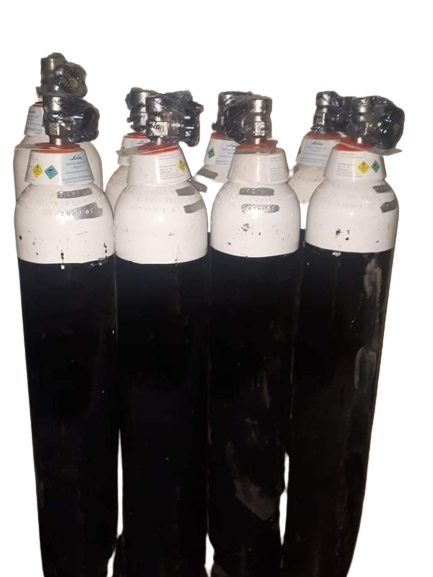

Oxygen cylinders, those green tanks holding life-giving air, are often taken for granted. Yet, for many, they represent a lifeline, providing essential respiratory support in medical settings and emergencies. However, ensuring a steady supply of these cylinders requires a complex and crucial network. Let’s explore the world of oxygen cylinder supply, exploring its key players, challenges, and future directions.
The journey of an oxygen cylinder begins with manufacturers, who adhere to strict safety and quality standards. Cylinders are filled with medical-grade oxygen at filling stations, often operated by large industrial gas companies like Linde or Air Liquide. These stations then distribute the cylinders to various channels:
Maintaining a smooth oxygen cylinder supply chain faces several hurdles:
The oxygen cylinder supply sector is constantly evolving, with advancements like:
A steady supply of oxygen cylinders is not just a medical necessity; it’s a fundamental human right. By addressing the challenges, embracing innovation, and prioritizing accessibility, we can ensure everyone has access to this breath of life. Remember, the next time you see that green tank, take a moment to appreciate the complex network that keeps it filled and ready to breathe life into someone in need.
We use cookies to enhance your browsing experience, serve personalized ads or content, and analyze our traffic. By clicking "Accept All", you consent to our use of cookies.